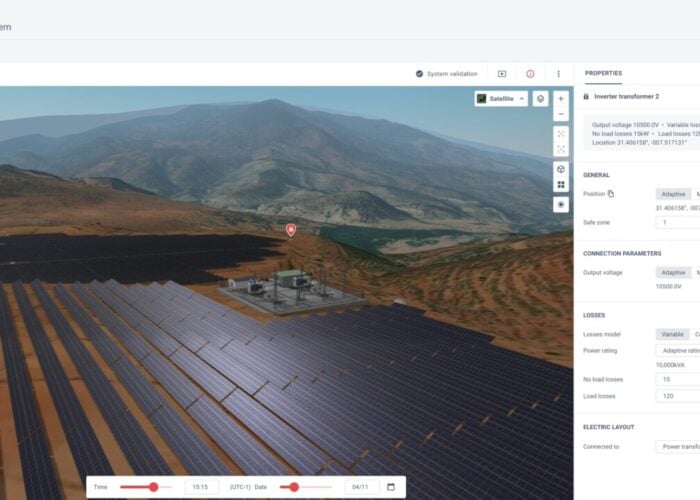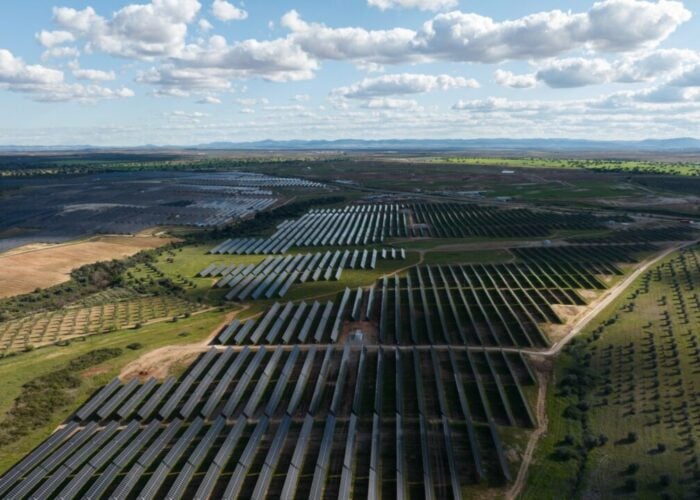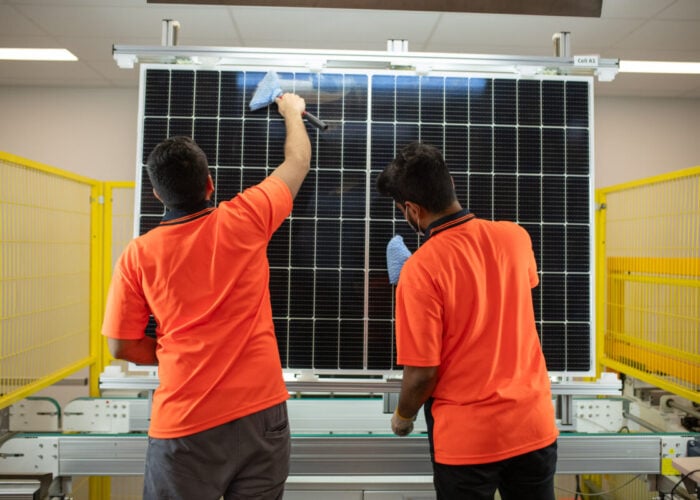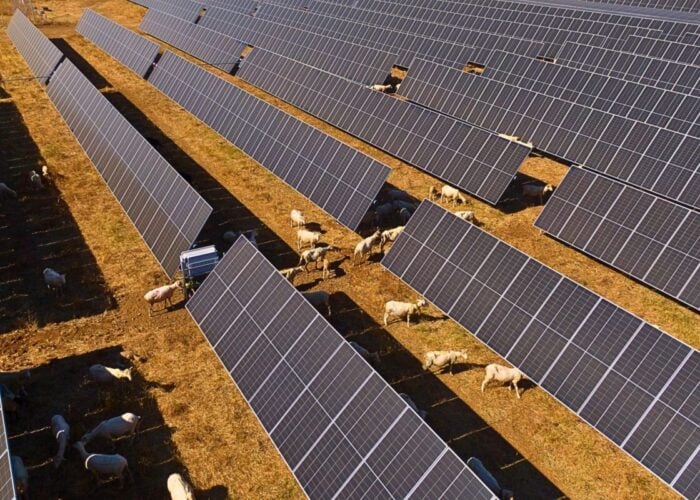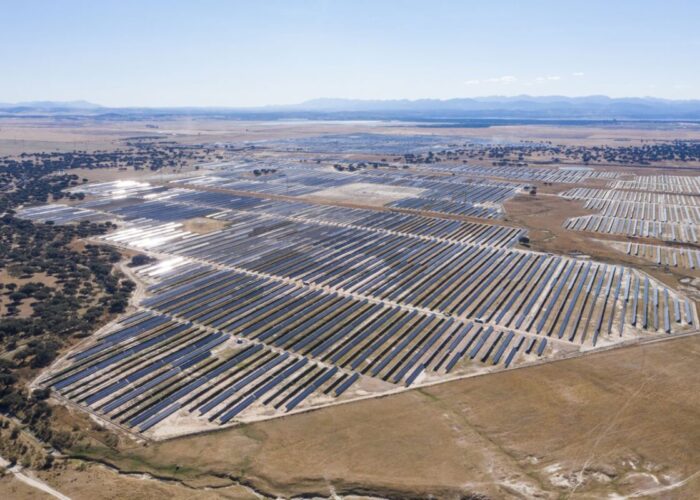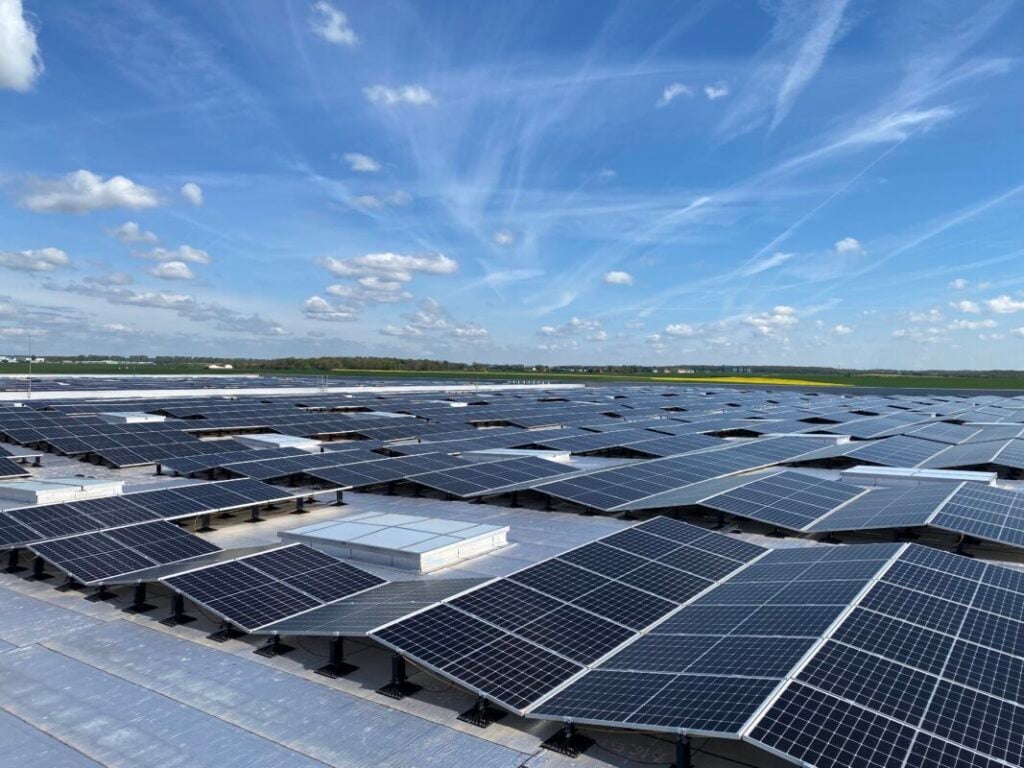
France installed 4GW of solar PV capacity in 2023, a “record” according to the International Energy Agency’s Photovoltaic Power System Programme (IEA PVPS).
The increase, compared with a revised figure of 3.2GW in 2022, was brought about by falling market electricity prices, the massive decline in solar module prices and the introduction of the Law for the Acceleration of Renewable Energies.
Unlock unlimited access for 12 whole months of distinctive global analysis
Photovoltaics International is now included.
- Regular insight and analysis of the industry’s biggest developments
- In-depth interviews with the industry’s leading figures
- Unlimited digital access to the PV Tech Power journal catalogue
- Unlimited digital access to the Photovoltaics International journal catalogue
- Access to more than 1,000 technical papers
- Discounts on Solar Media’s portfolio of events, in-person and virtual
From a solar market perspective, the IEA PVPS, whose task groups study various aspects of PV’s role in the energy transition, said that competitive tenders became broadly more attractive than power purchase agreements (PPA) for solar buyers.
While falling electricity and module prices decreased investment costs for new PV capacity, the report said it did not “necessarily lead to more attractive markets for PPA contracts”, which led to increased interest in competitive tenders to guarantee returns and facilitate financing.
The government awarded 1.5GW of PV capacity in the September 2023 iteration of the Programmation Pluriannuelle de l’Energie (PPE) tender, the most capacity ever awarded under the scheme.
Electricity from solar PV was made more competitive by module prices falling by between 40%-50%, the IEA said. Stockpiling by European solar module buyers, in concert with massive capacity expansions by Asian manufacturers and trade barriers from the US market, led to supply outstripping demand in Europe and made modules significantly cheaper.
The IEA estimates that between 40GW and 100GW of modules are currently in European warehouses – more than the annual deployment figures for the entire EU.
The report said: “The international market isn’t growing as fast as supply, in particular in Europe where project debt financing has remained at the high 2022 levels (over 4% in France), impact [sic] project profitability.”
A report this week from the International Renewable Energy Agency (IRENA) said solar PV is the only clean energy technology where investment is on track to meet 2030 targets set out at the COP28 conference last year.
Policy changes
Beyond falling prices, the IEA PVPS report said solar installations were bolstered by the measures introduced in the French government’s Law for the Acceleration of Renewable Energies which came into force in 2023.
These include:
- Mandatory solar on many types of new or renovated buildings over 500 m2;
- Mandatory solar parking canopies for car parks over 1500 m 2;
- A legal definition of agrivoltaics;
- The exemption allowing certain unused land surfaces next to roads, canals and train lines to have PV systems built on them;
- A requirement that competitive tender winners share some of the added value with locals.
Car ports and car parks have become a significant driver of solar adoption in France. In November 2022, the government passed a law requiring all large car parks to have solar roofs from mid-2023. More recently, French renewable energy firm GreenYellow inked an agreement with retail giant Carrefour to install over 350MW of solar canopies above car parking spaces at Carrefour’s locations in France.
Installation breakdown
Residential and commercial solar installations took a greater market share in 2023 than previous years, the IEA said. This was likely due to legislation such as the above car park mandate and the rising financial competitiveness of solar PV as prices fall.
Residential systems accounted for 24% of new capacity additions, up from 14%, and commercial systems between 100kWp and 250kWp represented 25%, a massive increase from 8% in 2022.
Larger industrial or utility-scale systems dropped to 37% of new additions compared with over 50% in 2022. Utility-scale installations were replaced by an increase in self-consumption systems in both the residential and commercial sectors. Total or partial self-consumption installations accounted for almost 40% of new capacity in 2023, compared with around 20% in 2022, the IEA said.
Much of Europe saw a small-scale solar boom in 2023 as volatile electricity prices resulting partly from the war in Ukraine and consumers sought greater energy independence. Figures for 2024 may see a drop-off as electricity prices have largely stabilised.
France had roughly 24.5GW of grid-connected solar PV capacity by the end of 2023, the IEA PVPS said. Its full report can be read here.

